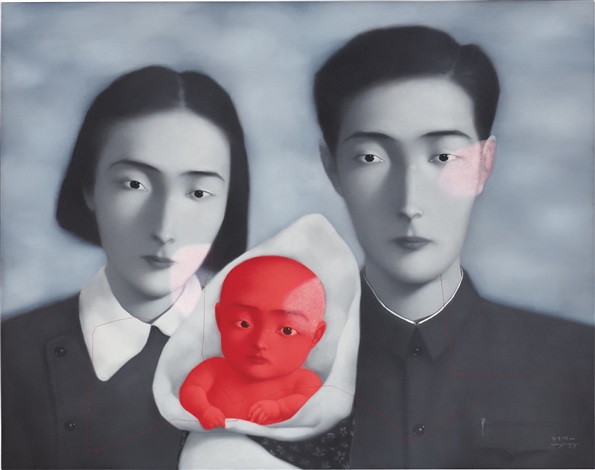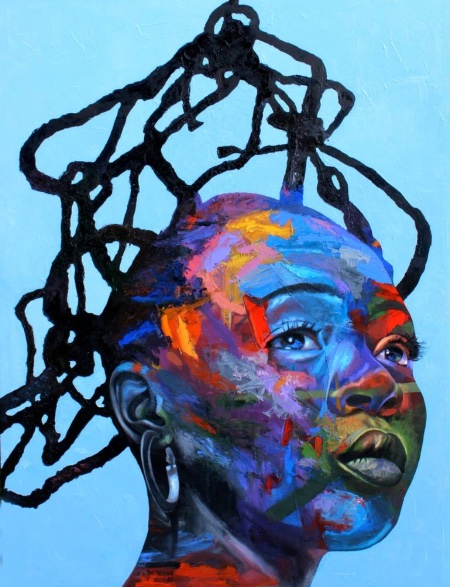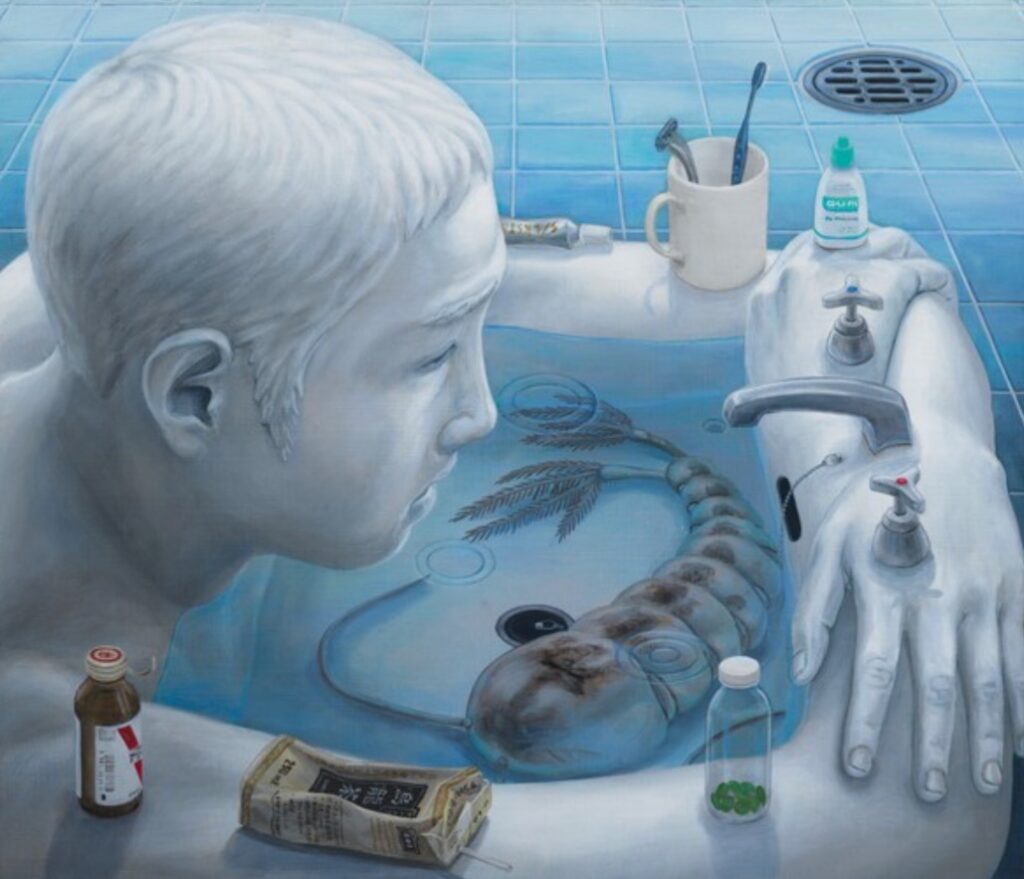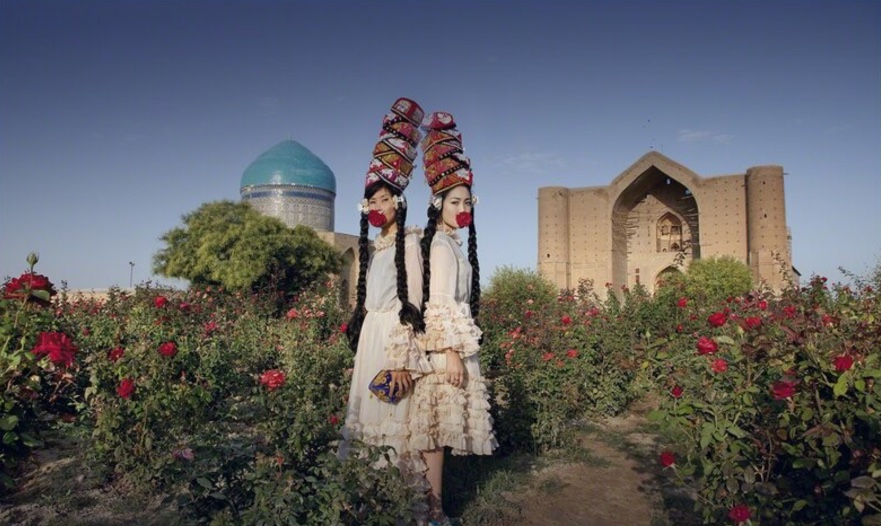Xu Bing and Language
by
Megan Lee

Xu Bing (徐冰) is a Chinese artist known for his printmaking skills and installation art, as well as his creative artistic use of language, words, and text and how they have affected our understanding of the world. Xu Bing’s art mostly reflects cultural issues which raged during his early life in China. Most notably, the cultural and linguistic reforms enacted by the Communist Party in China under Mao Zedong’s leadership. During Mao’s cultural reformations and the reorganisation of the standard Chinese language, Xu Bing experienced the constant reformation of words. This constant linguistic change influenced his art: thus Xu Bing emphasizes the immortality of the essence of language while vividly illustrating the impermanence and capriciousness of words themselves. In this way language becomes malleable and it can be fashioned to either liberate or control.

Language is an enduring theme for Xu. Xu creates installations that question the idea of communicating meaning through language, demonstrating how both meanings and written words can be easily manipulated. Here, what appears to be a scroll of Chinese characters has been deceptively rendered illegible and meaningless; it really only superficially looks like the ancient Chinese language.
Central to Xu’s most famous exhibition (entitled ‘Thought and Method’) is ‘Book from the Sky’(above), a mixed media installation that consists of over 4000 nonsensical Chinese characters mimicking the Chinese language. Plastered over the walls and loomed downwards from the ceiling, the installation creates a sort of calm sanctuary yet also hints at hidden, dark emotions. Xu Bing produces artworks that balance intricate expression with a deep suspicion that things are not what they seem. They emerge as complex, myriad forms and seek to raise new, insightful questions. What I find most striking about his work is how he portrays the idiosyncrasies of language whilst delving into his cultural heritage to explore nontraditional mediums.









